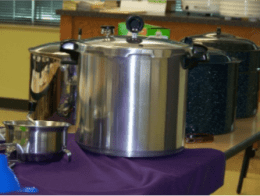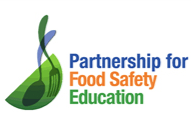
For several years, September has been designated as Food Safety Education Month. But, in reality, food safety is important every day of every month! What are you doing to keep food safe?
Many resources for safe food handling can be found at www.ksre.k-state.edu/foodsafety/topics/index.html. One in particular is teaching high speed handwashing! Learn how at www.youtube.com/embed/n-Iyf5eqqik.
This year has brought challenges for everyone’s health. For Food Safety Education Month, emphasizing the importance of handwashing is key for overall health, and for food safety. When should you wash your hands? Here’s some key times to remember to wash your hands.
- Before, during, and after handling food
- Before eating at home or at a restaurant
- Before and after caring for someone who is ill or touching an open wound
- After using the restroom or changing a diaper
- After blowing your nose, coughing, or sneezing
- After handling animals, animal waster or animal food
- After taking out the garbage






